Case Page Feed

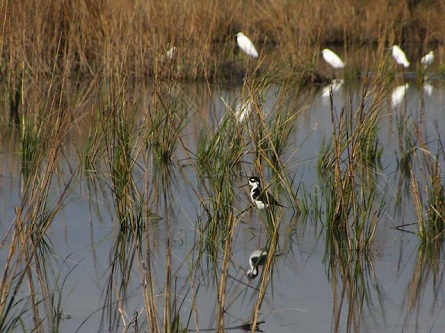
Hazardous Waste Site | Jefferson County, TX | 1902 to 2013
What Happened?
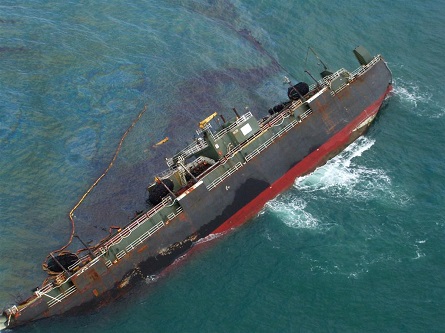
Oil Spill | Gulf of Mexico | November 2005
What Happened?
On November 11, 2005, Tank Barge DBL 152 struck a collapsed pipeline service platform in the Gulf of Mexico. The barge spilled an estimated 1.9 million gallons of a heavy oil mixture. Most of the oil was denser than seawater, causing it to sink to the bottom of the Gulf.
Hazardous Waste Site | Massena, New York | 1903 to Present
What Happened?
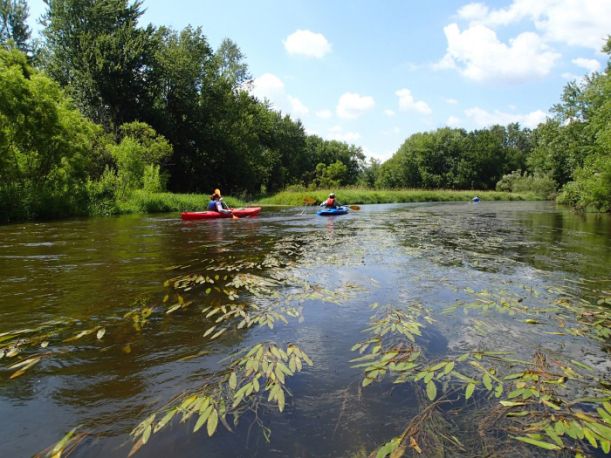
Hazardous Waste Site | Allegan & Kalamazoo Counties, MI | 1950s to Present
Paper mills conducting carbonless copy paper recycling released PCBs polychlorinated biphenyls; a class of chemicals previously used in manufacturing that remain in the environment for many decades, accumulate in living creatures, and pose health hazards to humans, wildlife, and fish. into the Kalamazoo River from the late 1950s through the early 1970s.

Hazardous Waste Site | McIntosh, Alabama | 1950s to Present
Beginning in the 1950s, the Ciba-Geigy facility manufactured the pesticide DDT and other chemicals. Manufacturing waste and other hazardous substances were released into unlined pits on the property, and discharged into the adjacent Tombigbee River and its floodplain until 1963.
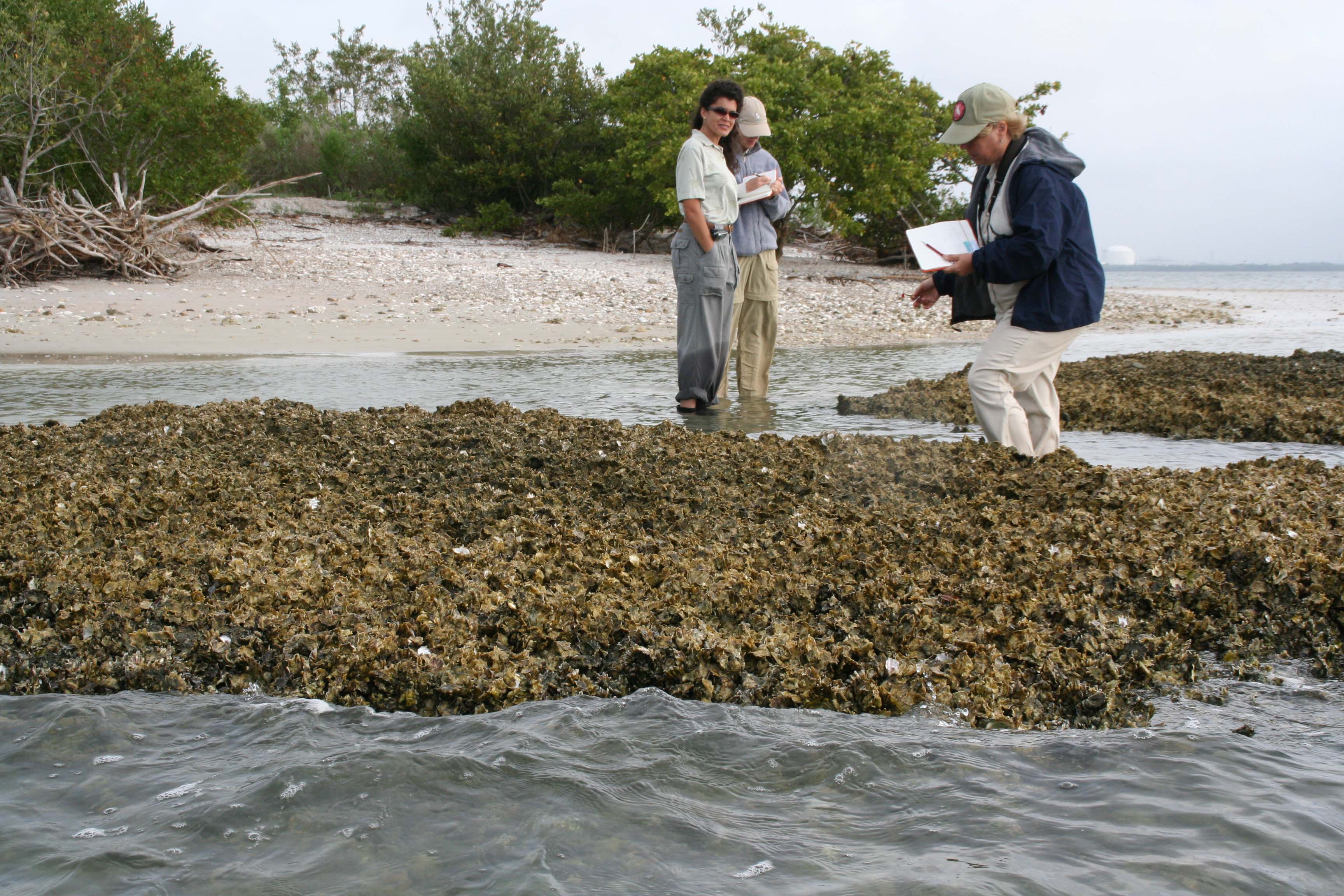
Hazardous Waste Release | Polk County, FL | December 1997
What Happened?
On December 7, 1997, a breach occurred in a containment stack at the Mulberry Phosphates Inc. (MPI) facility in Mulberry, Florida. Approximately 50 million gallons of acidic process water was released into Skinned Sapling Creek, flowing into the Alafia River. The contaminated water ultimately traveled approximately 36 miles of the Alafia River before emptying into Tampa Bay.
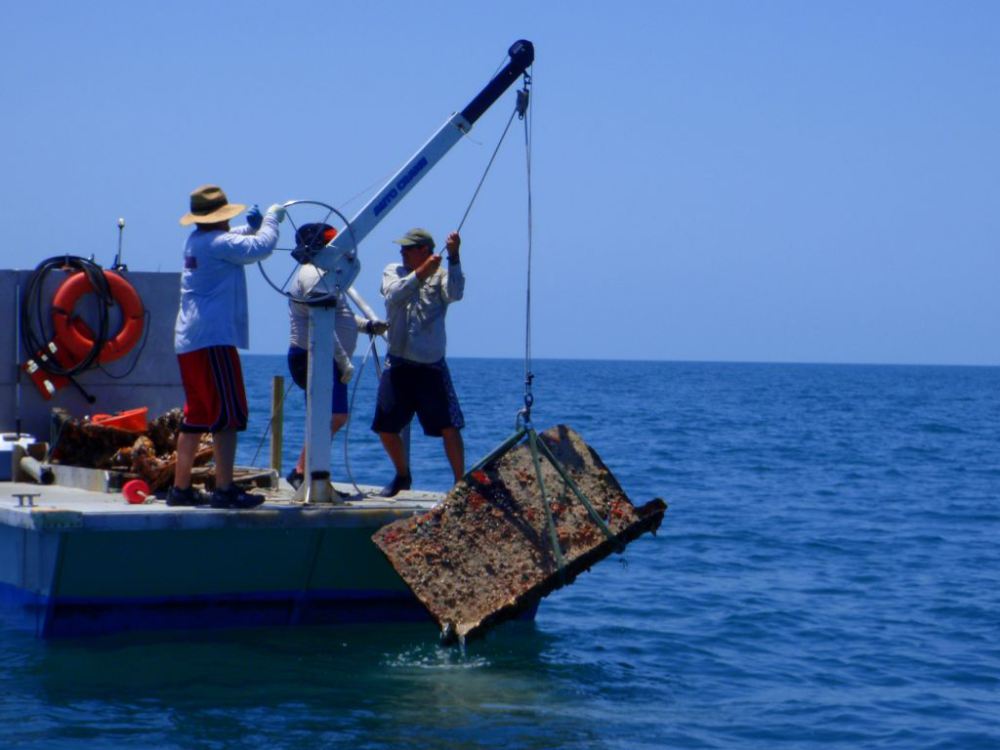
Marine Debris | Florida Keys | 2002 to Present
What Happened?
Over the past few decades, poachers have placed hundreds of lobster traps throughout Florida Keys National Marine Sanctuary. Known as casitas (Spanish for “little houses”), these shelters attract spiny lobsters in large numbers, allowing poachers to greatly exceed the fishing quotas set for commercial fishermen.

Hazardous Waste Site | Brunswick, GA | 1919 to Present

On April 27, 2006, the oil tanker T/V Margara ran aground on a shallow coral reef close to the Bahia de Tallaboa in Puerto Rico. The vessel was successfully removed from the site the following day without leaking oil into the water. However, response efforts and removal of the ship caused significant additional injury to the reef.
